
Parallel and Distributed Computation - Parallel Computing Insight
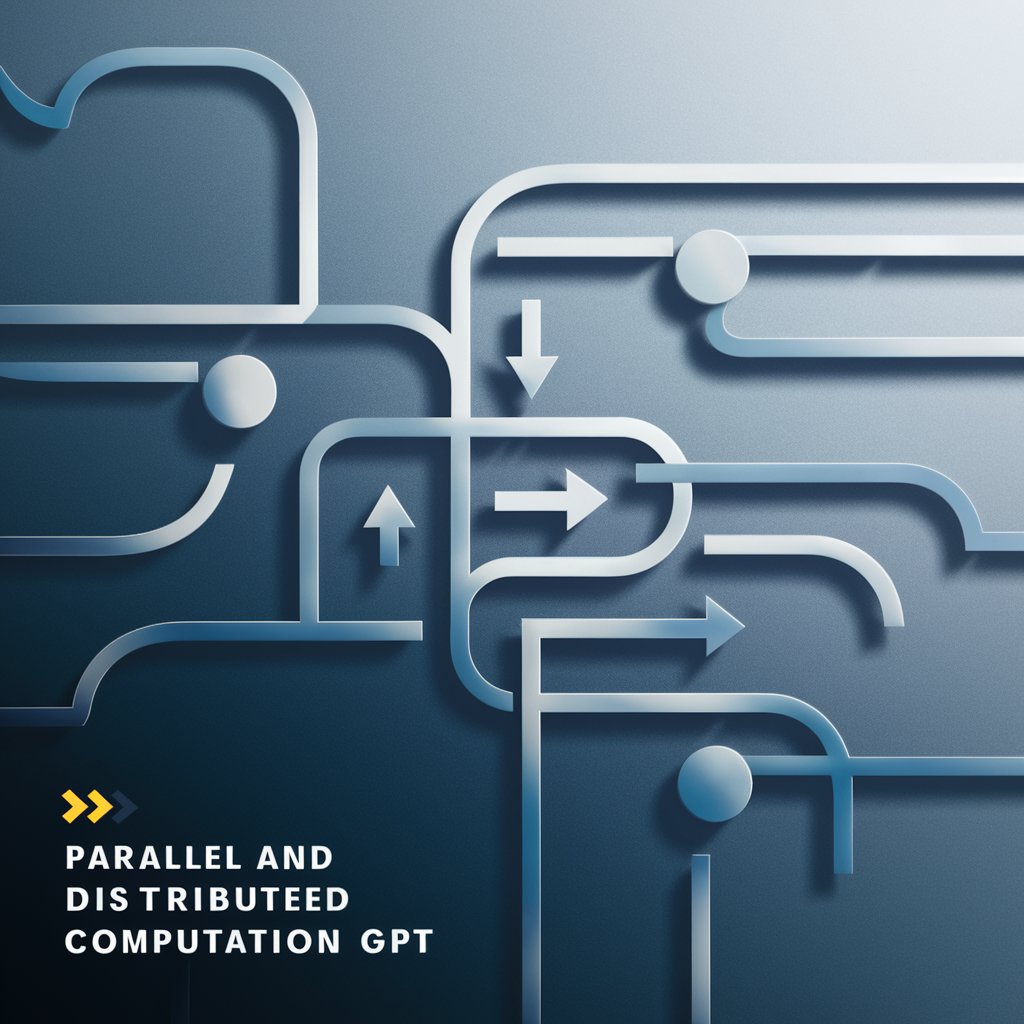
Welcome to Parallel and Distributed Computation GPT!
Empower computation with AI efficiency
Explain the difference between parallel and distributed computing...
How does data synchronization work in a distributed system...
What are the main challenges in parallel computing...
Describe the role of fault tolerance in distributed systems...
Get Embed Code
Overview of Parallel and Distributed Computation
Parallel and Distributed Computation is a field of computer science focused on designing and implementing algorithms and systems that allow for the simultaneous processing of tasks. This approach leverages multiple computing resources, either within a single machine (parallel computing) or spread across a network of machines (distributed computing), to perform complex computations more efficiently than would be possible with a single processor. Examples include the use of multi-core processors to accelerate scientific simulations or the distribution of data processing tasks across a cloud-based infrastructure to analyze big data. These methodologies enable significant reductions in processing time and are critical in fields where time-sensitive or large-scale data processing is required. Powered by ChatGPT-4o。

Key Functions and Real-World Applications
Speeding up complex computations
Example
Using GPU-based parallel processing for real-time image rendering in video games.
Scenario
Developers utilize parallel computing to distribute the rendering workload across multiple GPU cores, enhancing frame rates and visual fidelity without overwhelming any single core.
Processing large datasets
Example
Distributed computing frameworks like Apache Hadoop for big data analytics.
Scenario
Companies analyze petabytes of data spread across many servers in a Hadoop cluster, enabling insights into consumer behavior or operational efficiencies at a scale not possible on single machines.
Real-time data processing
Example
Stream processing platforms like Apache Kafka for financial transactions.
Scenario
Financial institutions use distributed systems to process and analyze transactions in real-time, detecting fraud or market trends immediately as data flows through the system.
Target User Groups
Data Scientists and Analysts
Professionals who work with large volumes of data and require the computational power to process, analyze, and derive insights from this data efficiently. Parallel and distributed computation enables them to perform complex analyses and predictive modeling on big data sets faster.
Software Developers and Engineers
Developers building high-performance applications, such as video games, real-time analytics platforms, or large-scale web services, rely on parallel and distributed computing to achieve scalability and reduce latency.
Researchers and Academics
Individuals conducting scientific research in areas like climate modeling, genomics, and physics, where simulations and calculations can be extremely resource-intensive and time-consuming. Parallel and distributed computing allows them to achieve results in a fraction of the time.

Utilizing Parallel and Distributed Computation
Begin with a Free Trial
Start by accessing a complimentary trial at yeschat.ai, requiring no login or subscription to ChatGPT Plus.
Identify Your Needs
Determine your specific computational requirements, such as processing large data sets, complex simulations, or real-time data analysis.
Set Up Your Environment
Configure your computing environment for parallel processing, including installing necessary software libraries and ensuring access to multiple processors or distributed systems.
Implement Parallel Algorithms
Translate your computational tasks into parallel algorithms, using appropriate paradigms like MapReduce, message passing, or shared memory architectures.
Optimize and Scale
Evaluate performance bottlenecks and optimize code to improve efficiency. Scale your solution to leverage additional resources as needed.
Try other advanced and practical GPTs
Computation Linguist
Empowering language theory and computational insights with AI.
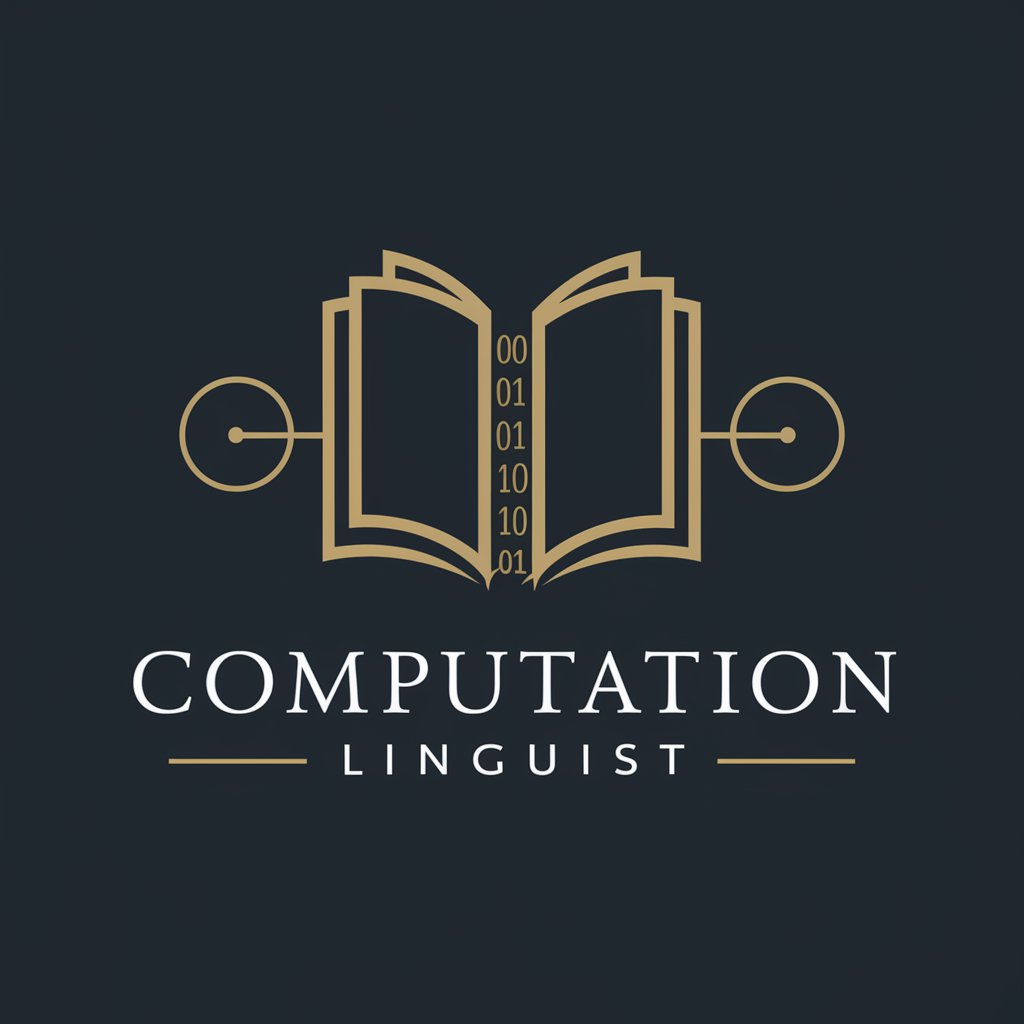
Computational Finance scholar
Empowering finance with AI-driven insights.
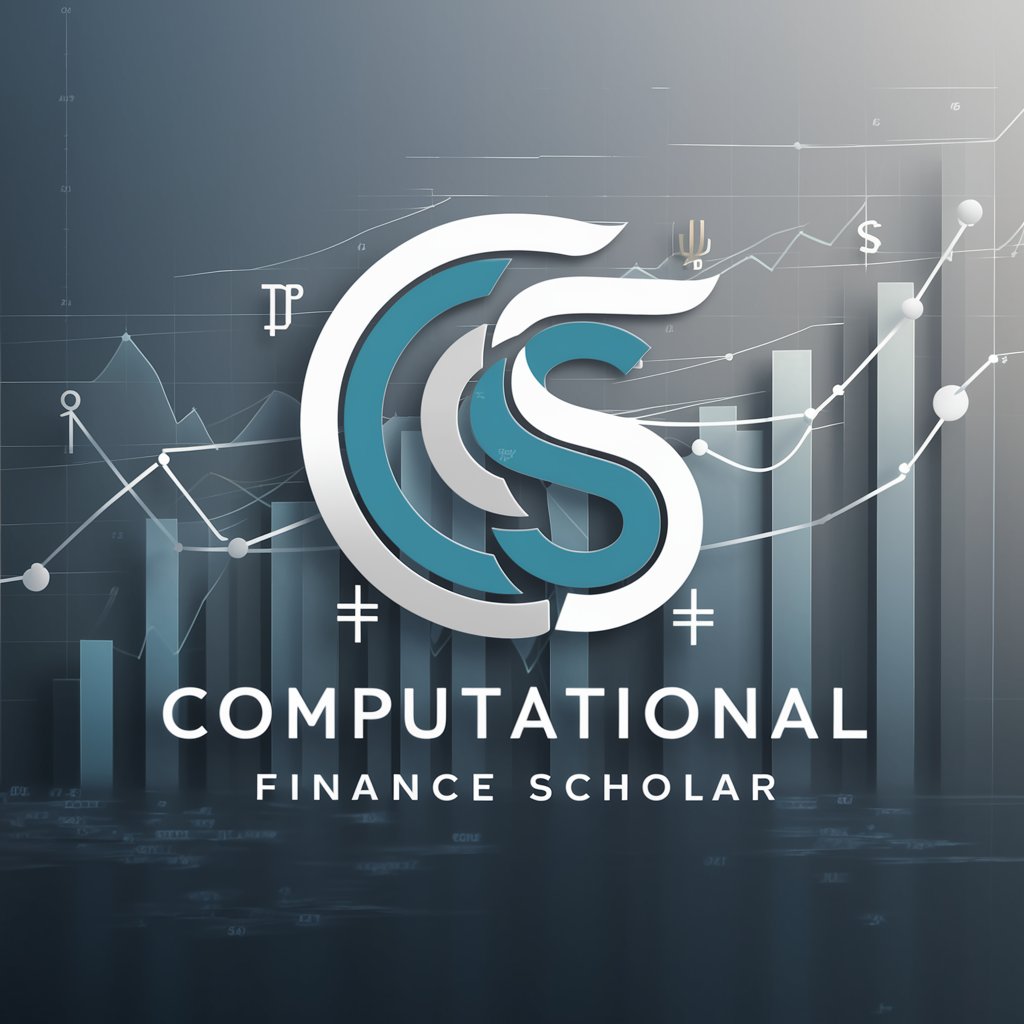
仮想カメラプロンプト生成 for "Mid Journey"
Crafting Visual Stories with AI

Master Of Wargames
Strategize, Simulate, Conquer: AI-Powered Warfare

Mind Map Marcy
Harness AI for Smarter Decisions
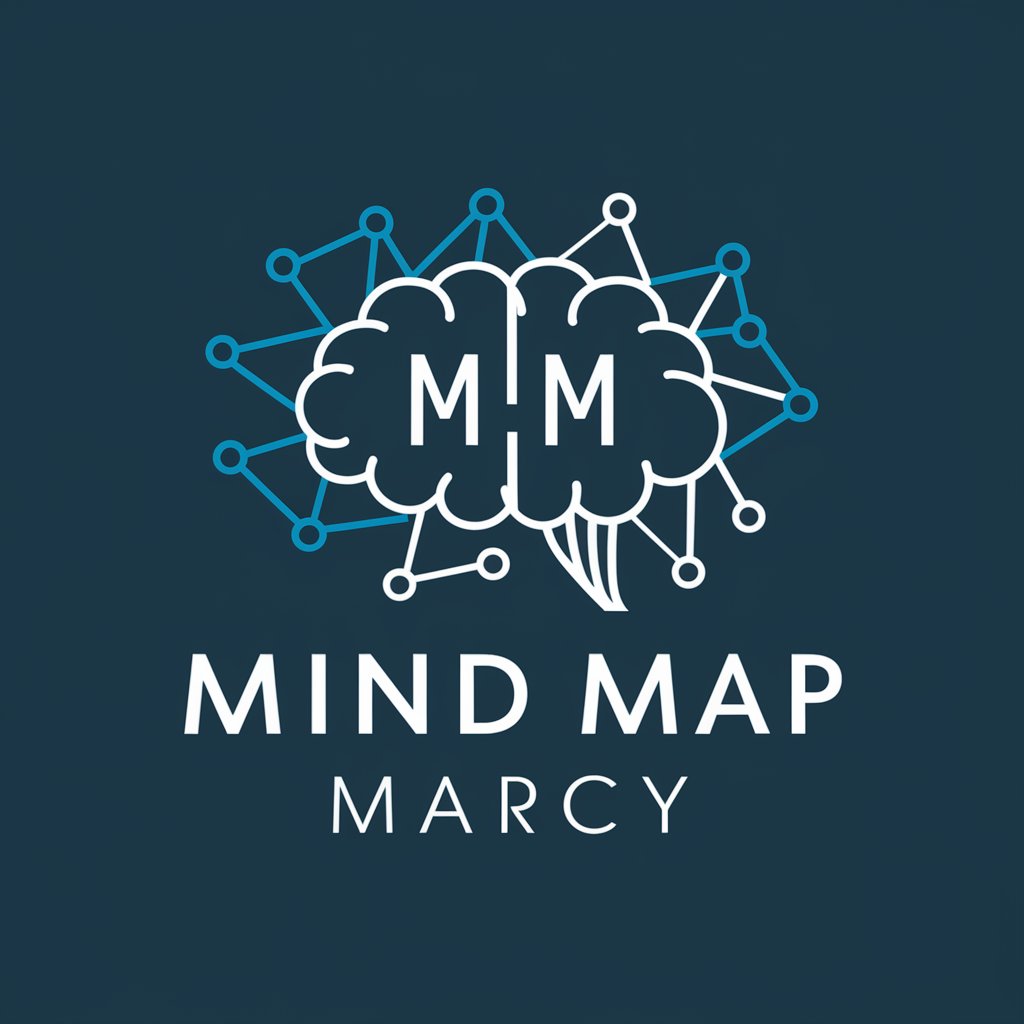
Universal College Admissions Officer (UCAO)
AI-powered college admissions advisor at your service.

Quantum Computation Tutor
Demystifying quantum computing with AI
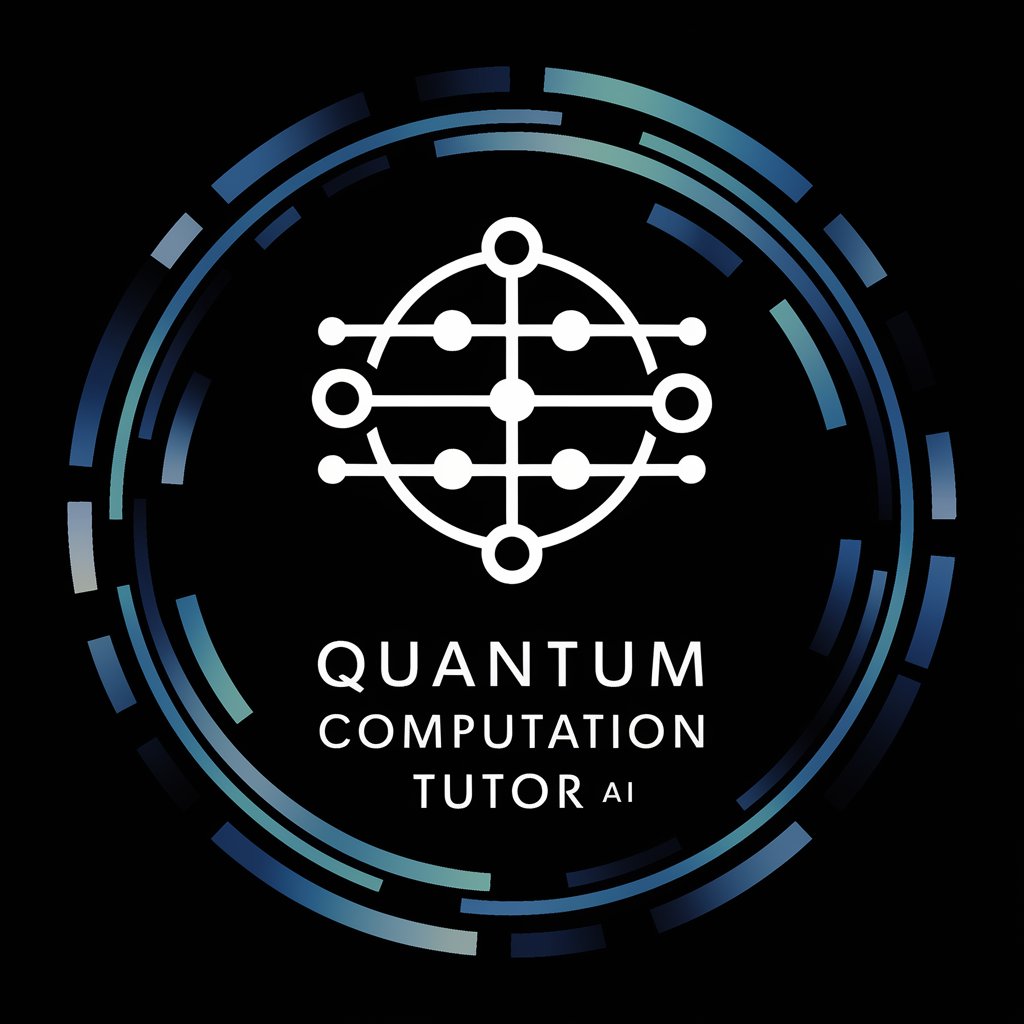
Computacion
Empowering creativity and efficiency with AI
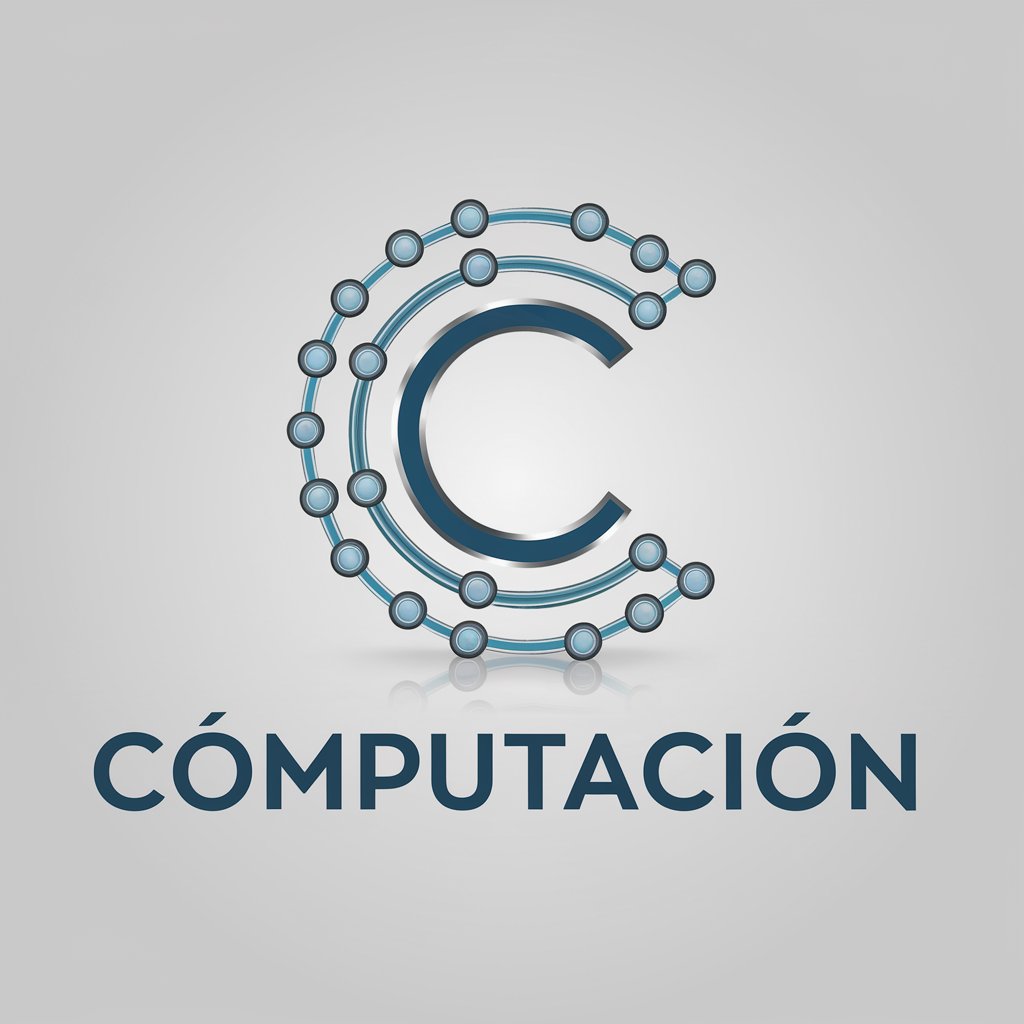
Tutor IA y Computacion Cognitiva
Empowering Advanced AI Education
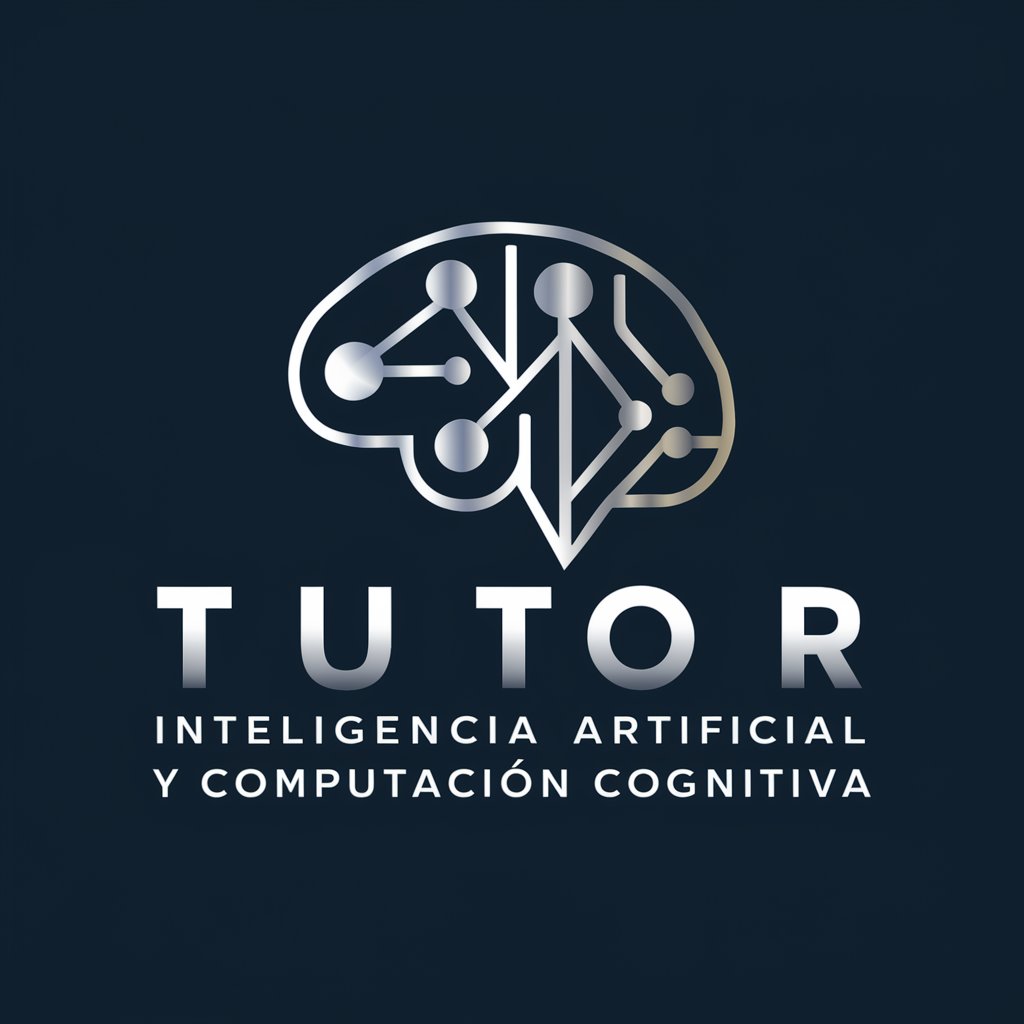
Theory of Computation - CS 3823
Empowering computation theory learning with AI.

Openness Computation
Unlocking Infinite Possibilities with AI
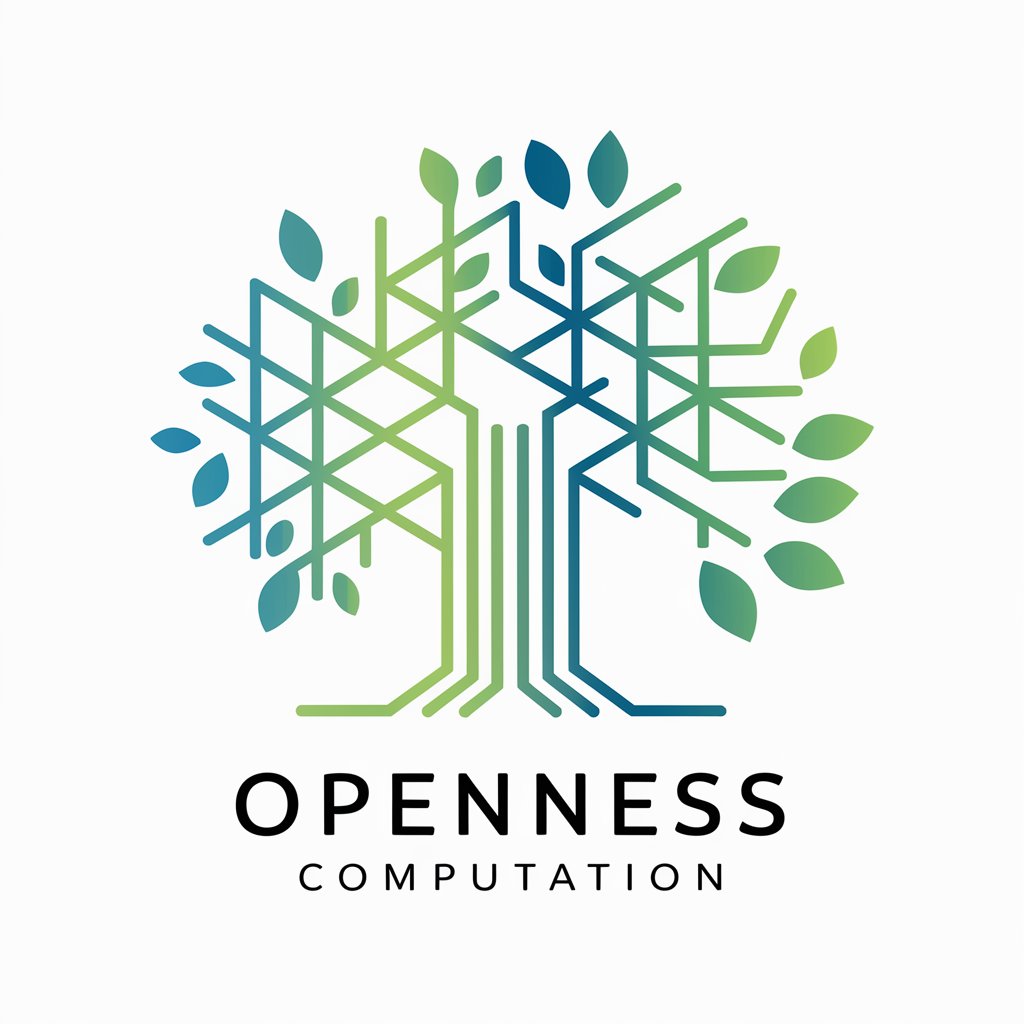
4039 Assignment - Computation Mathmatics
Empowering Mathematical Insight with AI
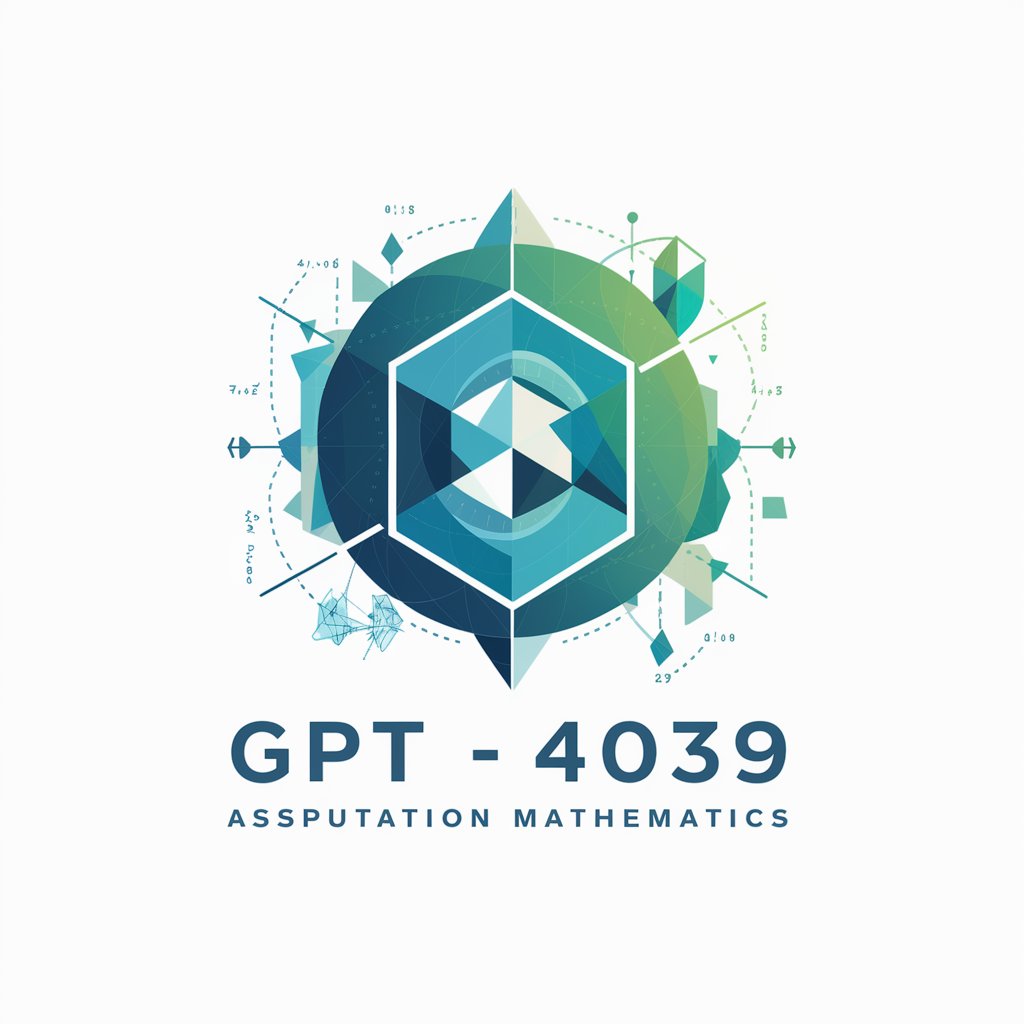
Parallel and Distributed Computation FAQs
What is Parallel and Distributed Computation?
It's a computing approach that divides complex tasks into smaller, concurrent processes running across multiple computing units, thereby reducing execution time and increasing efficiency.
When should one use Parallel Computing?
Use it for tasks that are computationally intensive and can be divided into smaller, independent tasks. Examples include scientific simulations, big data analysis, and real-time processing.
How does Distributed Computing differ from Parallel Computing?
Distributed computing involves multiple computers working on a task over a network as if they were a single system, while parallel computing usually occurs within a single machine with multiple processors.
What are common challenges in Parallel and Distributed Computation?
Challenges include managing data consistency, handling communication between processes, optimizing resource use, and ensuring fault tolerance.
Can Parallel and Distributed Computation be used in cloud environments?
Yes, cloud environments are ideal for such computations due to their scalable resources, flexibility, and ease of access to distributed computing resources.